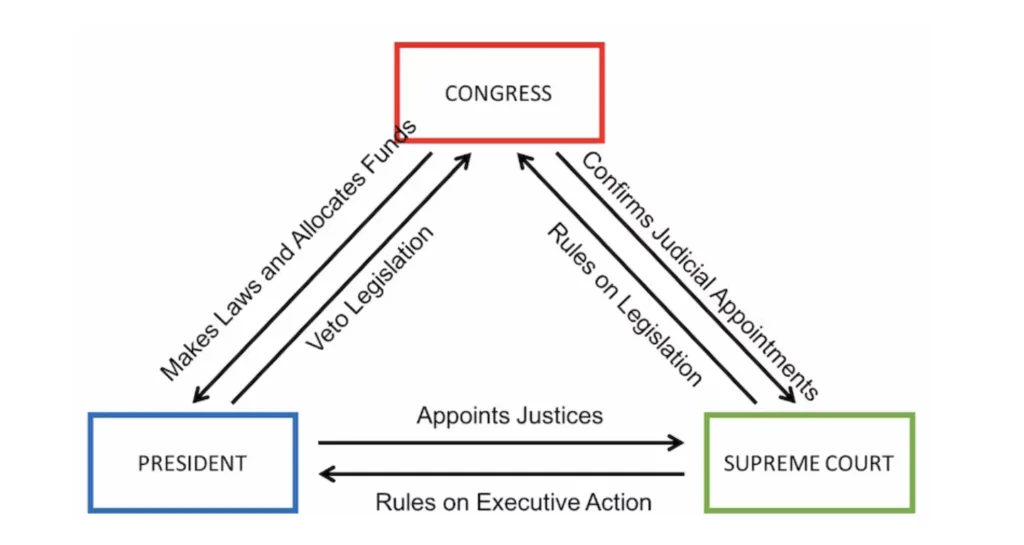Cybersecurity Best Practices in Software Development
Cybersecurity threats are becoming increasingly sophisticated. Hackers continuously evolve their tactics to exploit vulnerabilities in applications, infrastructure, and networks. A major breach can lead to data theft, financial loss, regulatory fines, and damage to a company's reputation.

In the digital age, cybersecurity is no longer a luxury or an afterthought; it is an essential component of the software development process. As cyber threats grow more sophisticated, securing software applications during development has become a top priority for businesses, developers, and organizations worldwide. Software vulnerabilities can lead to significant breaches, exposing sensitive data and damaging reputations. With the rapid advancements in technology and software development trends, businesses must ensure that security is baked into the development process, not merely tacked on as an afterthought.
This article explores cybersecurity best practices that developers must follow to safeguard software applications. It also discusses how businesses can stay ahead of potential threats and the importance of hiring skilled developers with expertise in secure coding practices.
The Growing Importance of Cybersecurity in Software Development
Cybersecurity threats are becoming increasingly sophisticated. Hackers continuously evolve their tactics to exploit vulnerabilities in applications, infrastructure, and networks. A major breach can lead to data theft, financial loss, regulatory fines, and damage to a company's reputation. With the rise of digital transformation, organizations are deploying more software and applications, increasing the potential attack surface for cybercriminals.
At the same time, businesses are leveraging new software development trends to innovate quickly and bring products to market faster. However, the push for speed should not come at the expense of security. Secure software development practices must be integrated into every stage of the software development lifecycle (SDLC) to reduce the risk of vulnerabilities and breaches.
Key Cybersecurity Best Practices in Software Development
- Implement Secure Coding Practices
One of the most critical aspects of securing software is to ensure that developers follow secure coding practices. Secure coding involves writing software in a way that prevents security vulnerabilities and minimizes the risk of exploitation. Common practices include:
- Input validation: Validate all input from users, including data sent from web forms, to prevent injection attacks (like SQL injection).
- Output encoding: Encode output properly to avoid cross-site scripting (XSS) attacks that can compromise a user's browser.
- Avoid hard-coded credentials: Never store sensitive data such as passwords or API keys in code. Instead, use secure storage solutions.
- Use secure libraries: Always use well-maintained, trusted libraries to prevent vulnerabilities associated with outdated code.
By writing secure code, developers can prevent many of the common security issues that plague applications.
- Conduct Regular Security Audits and Code Reviews
A proactive approach to security includes regularly auditing your code for vulnerabilities. Code reviews and security audits can help identify flaws early in the development process, reducing the chances of security issues making it into production. These reviews should focus on identifying:
- Insecure code patterns
- Hardcoded credentials or secrets
- Vulnerabilities to known exploits
Automated tools can help spot some of these issues, but manual reviews by experienced developers are often necessary to catch more complex vulnerabilities. Security audits should be part of your standard SDLC process, not an afterthought.
- Adopt a Secure Development Lifecycle (SDLC)
A Secure Development Lifecycle (SDLC) integrates security at every stage of development, from planning to deployment and maintenance. By incorporating security early, businesses can detect vulnerabilities before they become serious problems.
The SDLC process typically includes:
- Requirements gathering: Incorporate security requirements from the outset to ensure that security is considered during planning.
- Design: Conduct threat modeling to identify potential security risks during the design phase.
- Development: Develop the application according to secure coding practices and guidelines.
- Testing: Perform rigorous security testing (e.g., penetration testing, static analysis) to identify vulnerabilities before release.
- Deployment: Deploy the application in a secure environment with appropriate access controls.
- Maintenance: Continuously monitor the software for security vulnerabilities and patch any issues that arise.
By following a structured SDLC process that prioritizes security, businesses can avoid common pitfalls and ensure that security is not an afterthought.
- Implement Encryption and Secure Communication
Encryption is one of the most effective ways to protect sensitive data during transmission and storage. All sensitive data, including passwords, payment information, and personal details, should be encrypted using industry-standard encryption algorithms such as AES-256.
Additionally, ensure that communication between the client and server is secured using HTTPS. SSL/TLS certificates should be used to encrypt data in transit, protecting it from man-in-the-middle (MITM) attacks.
Encrypting sensitive data both at rest and in transit is critical for protecting privacy and ensuring data integrity. Businesses must ensure that they follow these best practices to keep user data safe from attackers.
- Use Two-Factor Authentication (2FA) and Strong Authentication Methods
Authentication is a crucial part of any application’s security model. Weak or predictable authentication mechanisms can lead to unauthorized access to sensitive systems. Implementing two-factor authentication (2FA) adds an extra layer of protection, requiring users to verify their identity using something they know (password) and something they have (e.g., a mobile phone for an OTP).
Furthermore, developers should avoid weak authentication mechanisms such as predictable password policies and easily guessable security questions. Instead, implement password strength requirements, multi-factor authentication (MFA), and biometric authentication when appropriate.
- Keep Software and Dependencies Up to Date
Outdated software, libraries, and dependencies are prime targets for attackers. Known vulnerabilities in these components are often exploited, making it critical to update software regularly. Ensure that your development team stays on top of patching software and updating dependencies as part of a regular maintenance routine.
Developers should also use automated tools like Dependabot, which automatically alerts you when dependencies are outdated or contain vulnerabilities. This can save time and reduce the chances of overlooking critical updates.
- Perform Penetration Testing and Vulnerability Scanning
Penetration testing simulates real-world cyberattacks to identify weaknesses in an application’s defenses. Regular penetration testing can uncover vulnerabilities that may have been missed during the development or testing phases.
Additionally, using vulnerability scanning tools can help developers quickly detect potential security flaws in their code, libraries, or infrastructure. These tools scan for known vulnerabilities and provide actionable insights to fix issues before they can be exploited.
- Security Training for Developers
Cybersecurity is an ongoing concern, and developers should stay current with the latest security threats and best practices. Providing regular security training helps developers understand emerging threats and how to mitigate them. Security-conscious developers will be better equipped to write secure code, detect vulnerabilities, and implement best practices to protect their applications.
The Importance of Hiring Developers with Security Expertise
As cybersecurity threats evolve, businesses must ensure that their development teams are equipped with the necessary skills to build secure software. Hiring developers who are familiar with secure coding practices, penetration testing, encryption methods, and other security concepts is crucial to building a robust defense against cyber threats.
Hiring skilled developers who understand the nuances of cybersecurity not only improves the security of your applications but also reduces the likelihood of costly breaches and security incidents. When searching for developers, prioritize candidates who have experience with secure development practices, certifications, and a strong understanding of the latest cybersecurity trends.
Conclusion
As software development trends evolve, so do the cybersecurity challenges. Securing software from the ground up is vital for businesses to safeguard their applications and user data. By following best practices such as secure coding, regular security audits, using encryption, and implementing multi-factor authentication, developers can create more secure software applications that stand up to evolving threats.
Organizations must prioritize cybersecurity at every stage of the software development lifecycle and hire developers with expertise in secure development practices. This proactive approach to security not only protects your data but also fosters trust with users and customers. In the rapidly changing landscape of software development, the future lies in developing secure, resilient applications that can withstand cyber threats, ensuring the safety and success of businesses in the digital world.
What's Your Reaction?




















